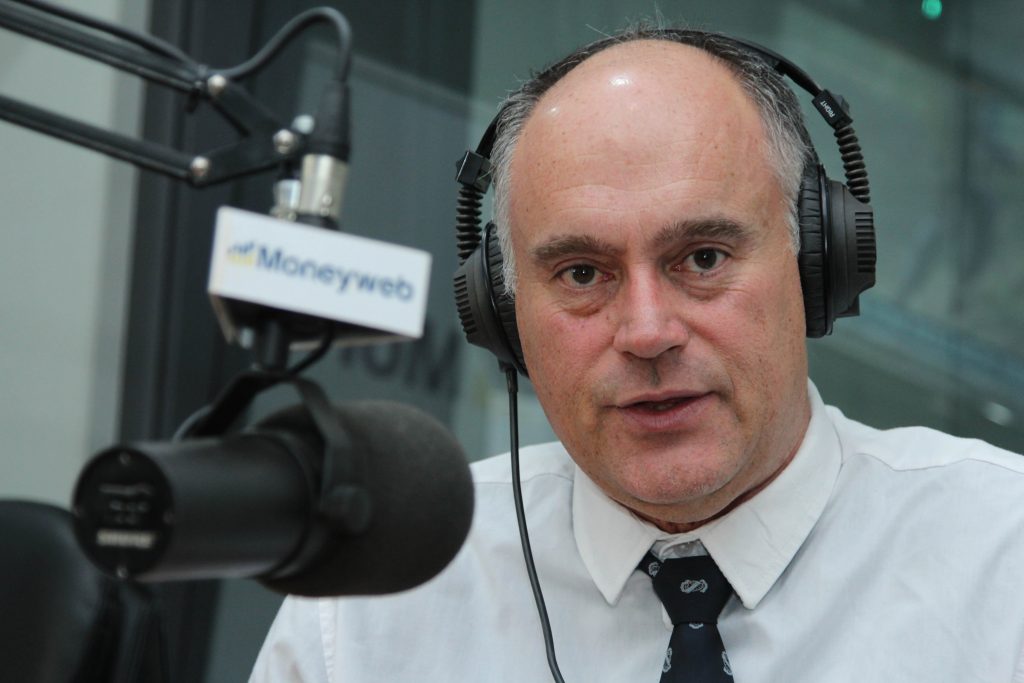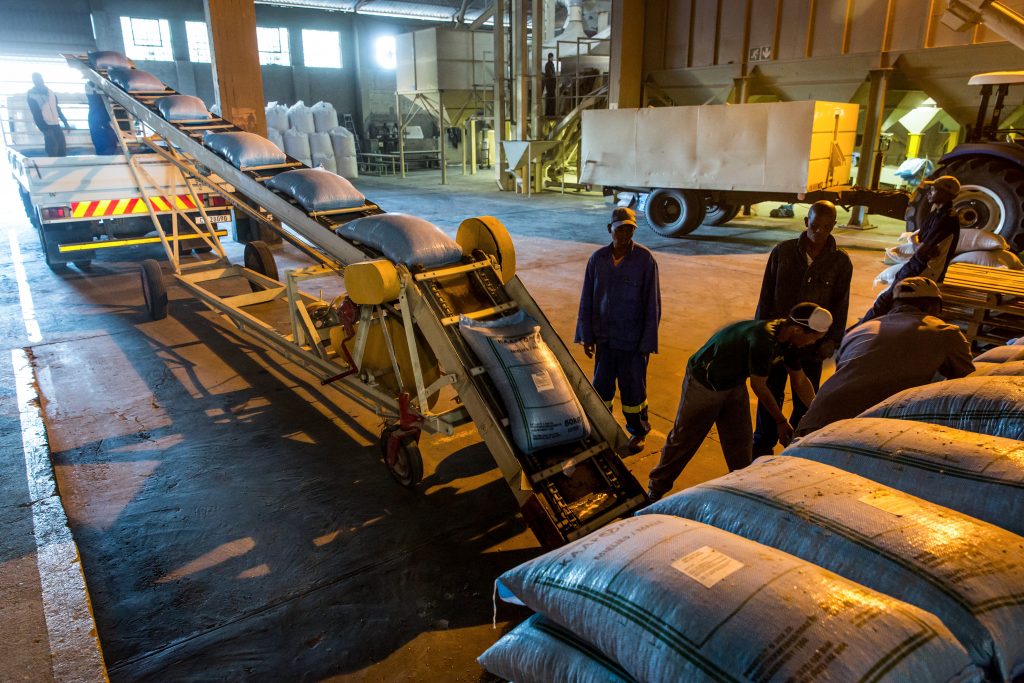For all the hype around stablecoins, they’re a long way from becoming a viable everyday payment tool, according to Mastercard Inc.’s chief product officer, Jorn Lambert.
Read:
Yellow Card, Visa agree to hasten stablecoin adoption in Africa
Stablecoins bring crypto to the mainstream …
ADVERTISEMENT
CONTINUE READING BELOW
“While the technology powering stablecoins holds tremendous promise – high speed, 24/7 availability, low costs, programmability, immutability – those attributes alone do not suffice to turn stablecoin into a payment tool,” Lambert said Monday on a call with analysts. “Just as important, or even more so, are other attributes like a seamless and predictable user experience, reach and wide distribution to consumers.”
Mastercard is positioning itself as the bridge between digital assets and the traditional financial system. Lambert said the company can provide the infrastructure needed to make stablecoins usable at scale by lending network attributes like global merchant acceptance, security safeguards and regulatory compliance.
Read:
Visa, Mastercard race to tame a $253bn crypto threat
Circle’s 750% surge heats up debate over stablecoin payments
The strategy has been years in the making. Mastercard and Visa Inc. both have stablecoin initiatives that date back to at least 2021. More recently, Mastercard partnered with stablecoin issuer Paxos Trust Company LLC to help institutions mint and redeem a stablecoin known as USDG. It also supports stablecoins including Fiserv’s FIUSD, PayPal’s PYUSD and Circle’s USDC, efforts that suggest the card networks see long-term opportunity in becoming stablecoin infrastructure providers.
Lambert pointed out that today, roughly 90% of stablecoin volume is tied to crypto trading as investors use the dollar-pegged tokens to buy and sell digital assets.
Hurdles to clear
While companies like Shopify Inc. and Coinbase Global Inc. have taken steps to make stablecoins available for everyday consumer payments, Lambert said such hurdles as consumer adoption and added friction during the online checkout experience will be difficult to clear in the near-term.
The consumer value proposition for regular peer-to-merchant payments “is lacking and stablecoin doesn’t actually do anything in this equation” Lambert said. “We think of that as almost a prepaid card. You have a stored balance sitting in a wallet and then you need to use it at certain merchants.”
Stablecoins have been pitched as a way to bypass card networks – and their associated fees – by enabling consumer-to-merchant payments.
The networks are reframing that narrative, casting themselves as partners that can increase the utility of stablecoin by integrating the currencies into their networks.
ADVERTISEMENT:
CONTINUE READING BELOW
“At the end of the day the conversion into stablecoin and out of stablecoin will always be there, into fiat, because that’s the usable currency right now,” Raj Seshadri, chief commercial payments officer at Mastercard, said. “The cost of stablecoin is just the cost of stablecoin, it’s not the cost of the end-to-end use case, which has this on and off ramp, FX, regulatory compliance, settlement, et cetera.”
Evolving industry
The chatter surrounding stablecoin has only grown louder as stablecoin legislation progresses in the US. The pending regulatory clarity has drawn new entrants into the digital asset sector and encouraged financial institutions to consider their place in the evolving industry. It has become a higher priority as financial institutions consider the risk of funds being held as stablecoin balances instead of as bank deposits.
“Every financial institution in the world is wondering ‘Gee, what do we need to do here? Do we need to offer stablecoins? Do we need to offer deposit tokens? What is the product-market fit?” Lambert said.
“Many issuers are looking at it simply to make sure they keep hold on their deposits.”
In addition to financial institutions, governments and central banks around the world are considering how to spur innovation in their domestic ecosystems to avoid the dollarisation of their economies. “We’ll see that multiplicity emerge over time,” Lambert said.
© 2025 Bloomberg
Follow Moneyweb’s in-depth finance and business news on WhatsApp here.

 5 hours ago
1
5 hours ago
1







![[FULL SHOW] SA prepares for G20, questioning Prasa’s R7.5bn spend, and the impact of tariffs on SA’s auto sector](https://www.moneyweb.co.za/wp-content/uploads/2023/11/JimmyMoyaha-safm.jpg)














 English (US) ·
English (US) ·